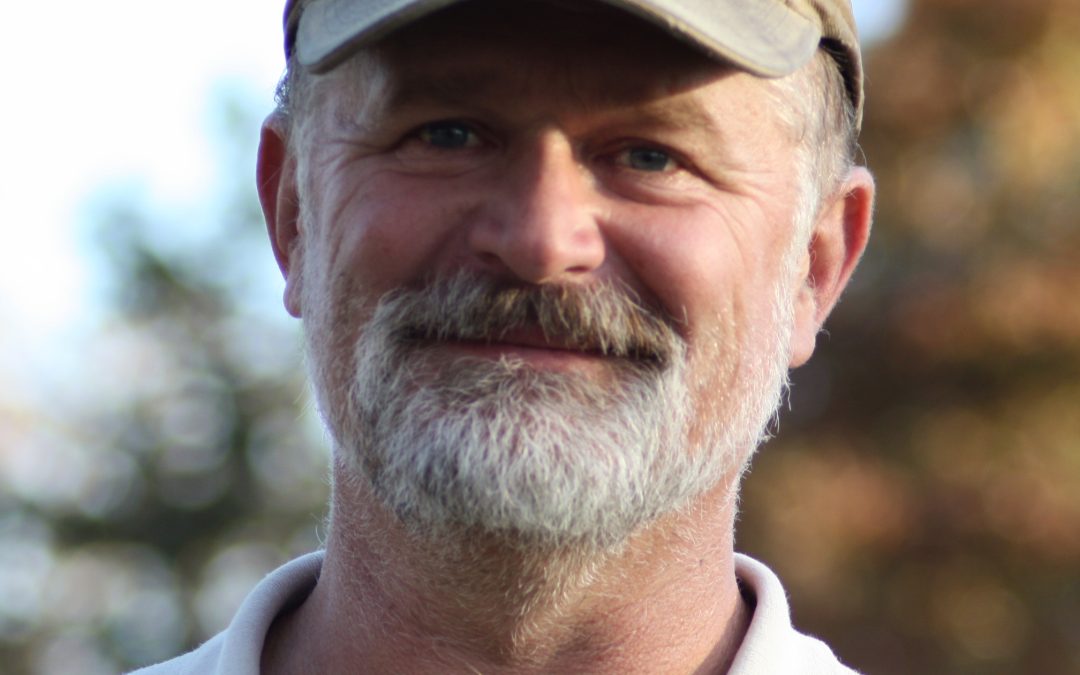
New Forest Farm
New Forest Farm
Mark Shepard, New Forest Farm. Credit: Restoration Agriculture Design
“
Mark Shepard
New Forest Farm
Website: https://newforestfarm.us
Midwest Region | Viroqua, WI
Main Product: Fruits & Nuts
Scale: 106 acres under management
Shift to perennial polyculture, integrate annuals and livestock.
Other Resilience Stories About This Farm
Mark Shepard – Pioneer Agroforestry Farm Tour
How Mark Shephard’s Farm THRIVES under Sheer. Total. Utter. Neglect.
When Mark Shepard and his family first visited the land that would become New Forest Farm almost 30 years ago, they looked out over a Midwest landscape of degraded croplands typical of late twentieth century industrial agriculture. Gazing across the treeless property covered in empty corn and hayfields, the Shepard’s could see a different future for the land, one that would heal the land with a special kind of agriculture modeled on nature’s patterns. They could imagine how the landscape could evolve into something that was not a farm or a forest. Something completely new, yet rooted in the ancient wisdom of the place.
Drawing inspiration from native ecological patterns common in the region prior to European colonization, the Shepard family began to carefully place trees, shrubs, vines, canes, grasses, forbs and fungi throughout the 106-acre farm to create healthy plant communities designed to produce food, fuel, medicines, and beauty. Because they needed to produce income while waiting for the perennials to produce marketable products, the farm design also included areas of annual crops like vegetables, hay, small grains and pastured livestock. “We got started by selecting perennial plants that mimicked the oak savanna plant community that we could sell, feed to an animal or eat ourselves,” Mark recalls. “As things have matured through the years, we can afford to do less and less annual cropping. The products that we actually sell haven’t changed much over the years, but the proportions of each have changed through time.”
Today, New Forest Farm is a nationally recognized model for the successful transformation of an industrial grain operation into a commercial-scale, locally-adapted, perennial agriculture system. Hazelnuts, chestnuts, walnuts, apples and elderberries are the primary woody crops on the farm. In the alleys between a diverse mix of trees and shrubs, livestock — cows, pigs, turkeys, sheep, pigs or chickens — graze pastures of mixed fescues, clovers and wild plants grown in rotation with annual vegetables. The farm’s principal products supply regional and national wholesale markets through the Organic Valley cooperative and the American Hazelnut Company. Small volumes of a diverse line of fresh and locally processed fruit, nut and livestock products are sold in local direct markets. The farm has been certified organic since 1995, is entirely solar and wind-powered, and farm equipment can be powered with locally-produced biofuels.
Want to read more? You can find the full version of this story in the Second Edition of Resilient Agriculture, available for purchase here.

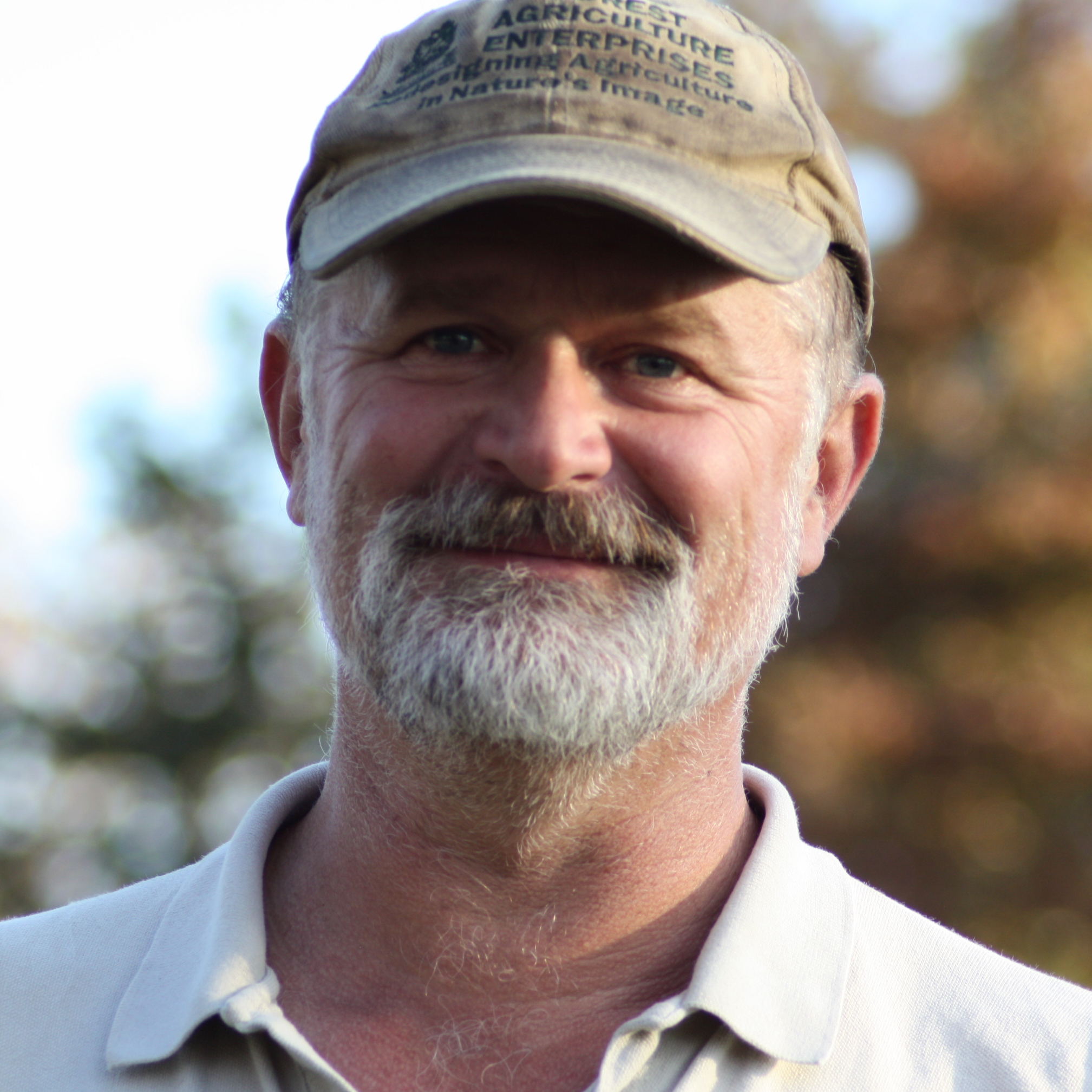

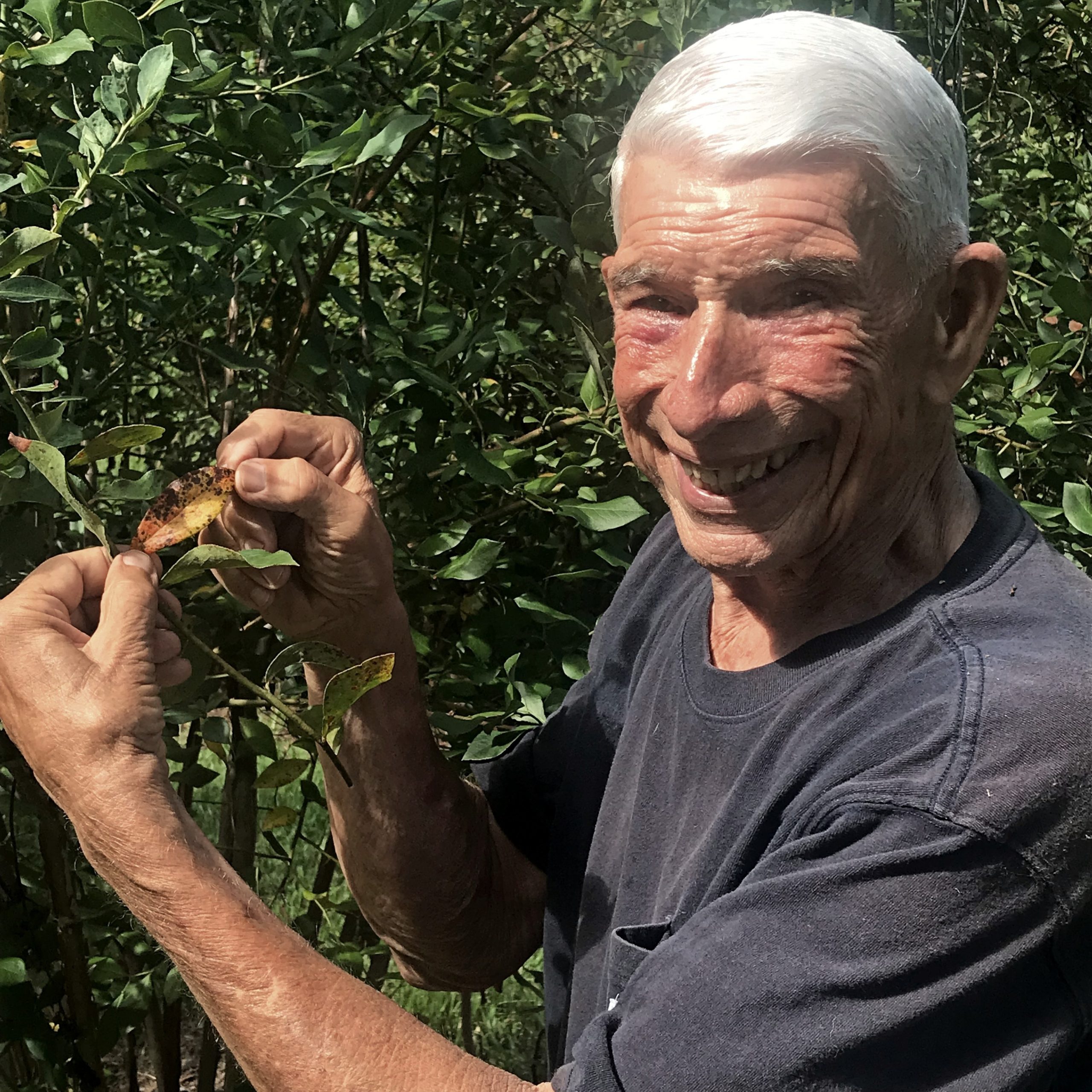

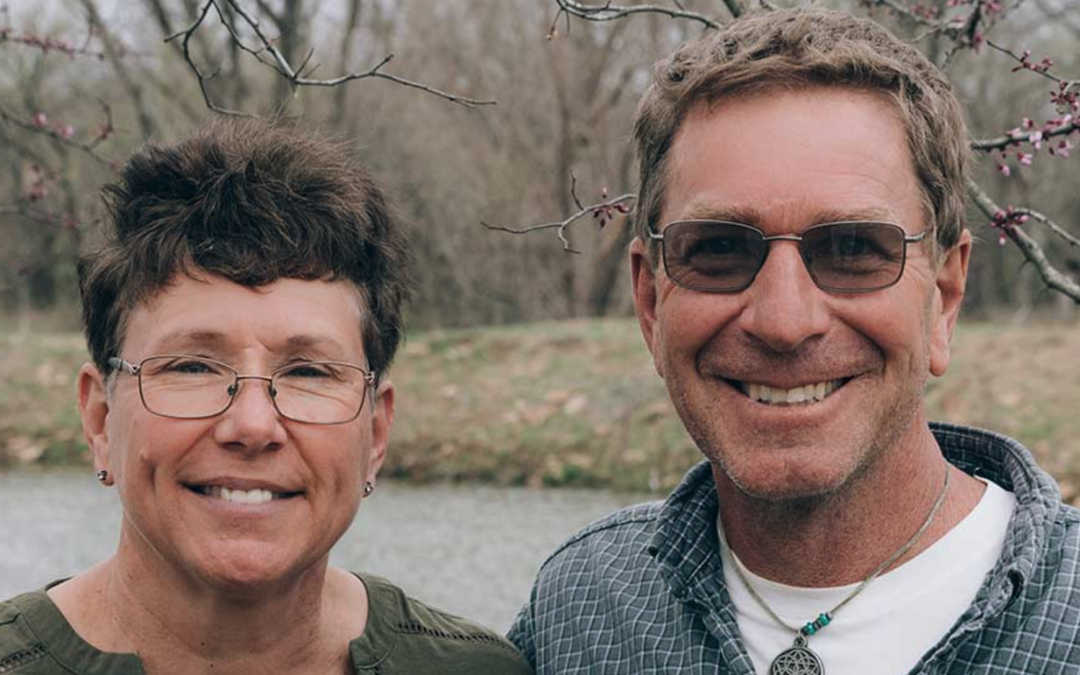
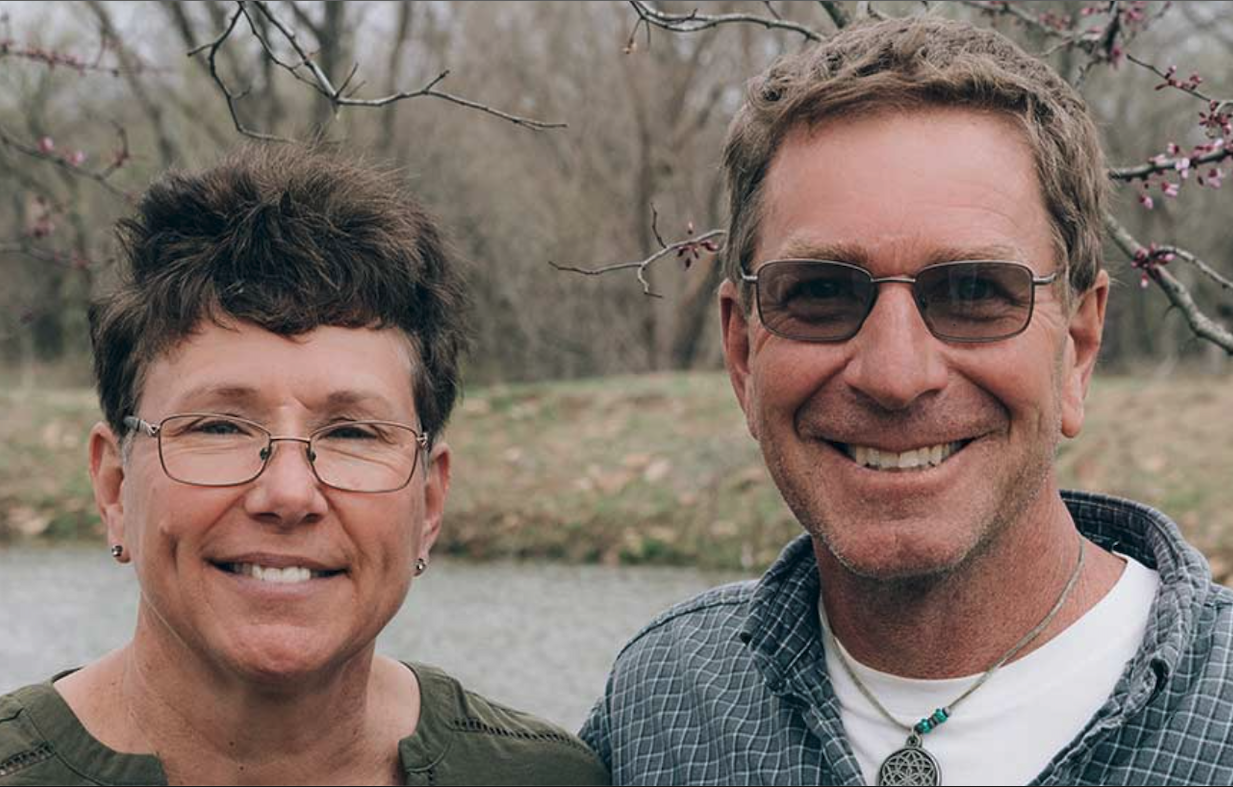
Recent Comments